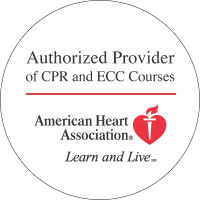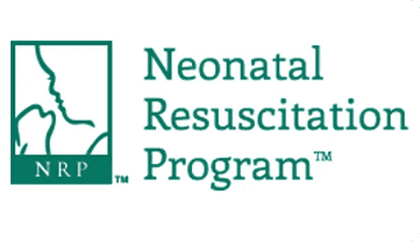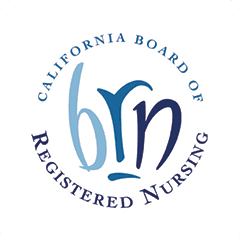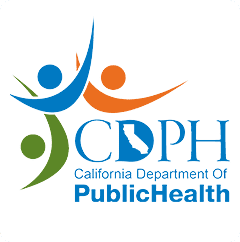Are you feeling stressed and nervous about your upcoming ACLS examination? You are certainly not alone. Nearly every person who has taken this test will admit to feeling at least some nerves as they prepped for the final examination and the mega code. However, the key for most people is to have the algorithm well-memorized. When you can easily pull any algorithm out of your head and know the exact order of steps, you’ll be ready to treat your mannequin-patient and pass with flying colors. These tips will help you get the most out of your class and study time as you learn the most important ACLS algorithms.
Know Which ACLS Algorithms Are Most Important
There are seven general algorithms as part of ACLS. While all of them are certainly important, some of them are more likely to be seen on your simulated test and in real life. Plus, some of them are simply more difficult to master. These are the ones that you should focus on in your studies. By committing these to memory, you will find that you can critically deduce many other arrest situations even if you did not spend as much time studying them. The most important ones to focus on memorizing include the following:
-PEA/Asystole
-V-fib/Pulseless V-tach
-Bradycardia
-Tachycardia
Use Mnemonics
Mnemonics have helped tens of thousands of students learn everything from the residents of the United States to drug classifications. You can put this to work for you as you memorize the order of drugs given in your algorithms. Simply write down the drugs given in order. Then, take the first letter of each drug and make a sentence with words starting with those letters. It is better to make the sentence something that you can remember than to borrow someone else’s mnemonic if it is difficult for you to remember.
Run over Scenarios Yourself
You may also benefit from running over scenarios on your own, answering questions to yourself about what you should do. For example, look at a picture of a problematic EKG pattern. Then, say out loud what you would need to do to treat that person. Not only will it help you get the algorithm pattern in order, but this will also help you when it is time to run your own code as a clinical supervisor, ER physician or charge nurse.
Get Some Help from a Friend
Of course, you may not be able to catch your own errors as you are doing your own mock codes. Consider buddying up with a friend who can help you catch your mistakes. You may just find that your friend has some great tips that may also work for you. By helping each other, you can work faster and more effectively. Plus, saying things out loud will boost your confidence as you get ready for your own simulated mega-code with an instructor.
Figure Out Your Learning Style
You may find that the memorization tip that you follow just doesn’t seem to work for you. This could be because it does not match your particular learning style. You most likely tend to be mainly a visual, auditory, reading or kinesthetic learner. This means that you learn best from pictures and charts, the spoken word, the written word or hands-on practice.
If you are a visual learner, studying the algorithm diagrams may be your smartest move. If you are an auditory learner, say the steps out loud or record yourself saying them so that you can listen to yourself. If you learn from reading and writing, write out note cards with each step of the algorithm on it and put them in order. If you learn from practical experience, you may work best with a friend.
Remember that having ACLS algorithms memorized is not just important for your upcoming test. Instead, they’ll be used again and again as you care for your patients and respond to codes both at your workplace and around your community. Figure out how you learn best, and commit the algorithms to memory so that you can pull them from your mind at the drop of a hat.








